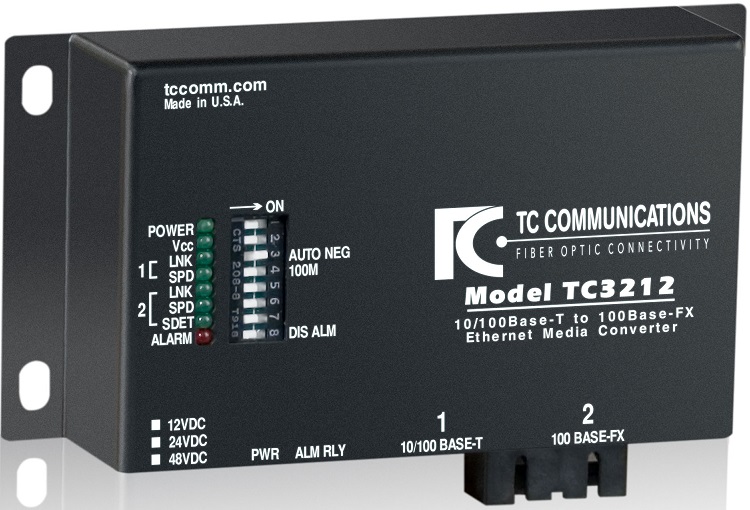| |
T1 - T3 - E1 - E3 Service
T1 technology is proving to be a cost-effective means of linking voice and data, both inter-office and
intra-office, and serves as an alternative to high speed modems for data transport. There is significant
discussion these days about "T1 Gateways" and "T1 trunks" as the cost from the various
phone companies of these services goes down. Users are discovering that it costs less to have a T1 trunk than a series
of leased telephone lines in a point-to-point topology. This increase in the use of T1 requires a fundamental understanding
of the technology.
T1 is a high speed digital network (1.544 Mbps) developed by AT&T in 1957 and
implemented in the early 1960's to support long haul pulse code modulation (PCM) voice transmission. The
primary innovation of T1 was to introduce "digitized" voice and to create a network fully capable of digitally
representing what was up until then, a fully analog telephone system.
T3 (which is a combination of 28 T1 lines) operates at 44.736 Mbps and T4,
operating at 274.176. These are known as "supergroups" and their operating speeds are generally referred to as 45 Mbps and 274
Mbps respectively.
It is described as a "two-point, dedicated, high capacity, digital service provided on terrestrial digital facilities
capable of transmitting 1.544 Mb/s. The interface to the customer can be either a T1 carrier or a higher order
multiplexed facility such as those used to provide access from (fiber optic) and radio systems."
So in the basic definition there is the discussion that there is a "higher order" or hierarchy of T1. There is T1
which is, as we have discussed, a network that has a speed of 1.544 Mbps and was designed for voice circuits or
"channels" (24 per each T1 line or "trunk"). In addition, there is T1-C which operates at 3.152 Mbps. There is also
T-2, operating at 6.312 Mbps, which was implemented in the early 1970's to carry one Picture phone channel or 96 voice channels.
The main difference between T1 and E1 and correspondingly T2 and E2
and even T3 and E3 is the data transfer rate.
T1 has a data transfer rate of 1.544 Mbps and E1 has a data tranfer
rate of 2.048 Mbps.
The following is a T1 - E1 fiber multiplexor - switch.


|
|
